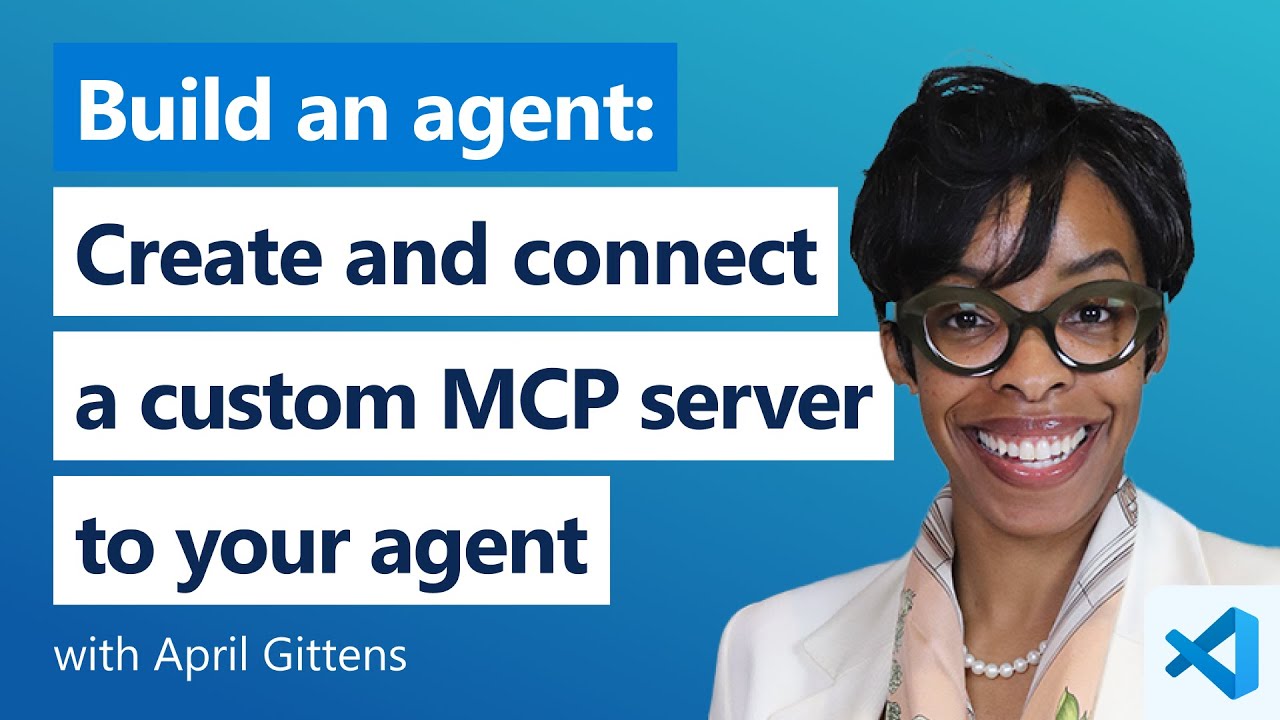The video demonstrates how to create and connect a custom MCP server using the MCP Python SDK to extend an AI agent’s capabilities, exemplified by a weather agent that provides mock weather forecasts based on location input. It also covers setting up the development environment, testing the server within the agent builder, and using debugging tools like the built-in debugger and MCP inspector to monitor and troubleshoot the server’s operations.
In this video, the presenter demonstrates how to create and connect a custom MCP (Microsoft Communication Protocol) server to an AI agent, enabling the development of personalized tools that define the agent’s capabilities. These custom servers allow the agent to perform specific tasks such as sending emails, querying databases, or controlling hardware. The foundation for building these servers is the MCP Python SDK, which provides the necessary tools to define functionalities, handle requests, and expose capabilities in a format that the AI agent can understand. The SDK also includes a built-in debugger to facilitate real-time monitoring and troubleshooting during development.
The example used in the video is a weather agent that utilizes a custom MCP server to provide weather forecasts. The presenter works within the AI toolkit’s agent builder, creating a new agent named “weather agent” and selecting GPT-4o as the model. They then add a new MCP server tool by choosing to create a custom Python MCP server using a provided weather template. This template includes mock weather data and a basic setup that helps users understand how to build their own servers from scratch. The server code includes a function that returns weather information based on a location input, using randomly generated temperature and weather conditions for demonstration purposes.
After setting up the server, the presenter walks through preparing the development environment by creating and activating a Python virtual environment and installing the necessary dependencies. They then run the server and connect it to the agent builder, where they test the weather tool by querying the weather for Los Angeles. The server successfully extracts the location from the prompt, generates mock weather data, and returns a response that the agent uses to formulate a natural language reply. This process highlights how the custom MCP server integrates with the agent to extend its functionality.
The video also covers debugging options, showing how to use both the agent builder’s built-in debugger and the MCP inspector, a separate tool that requires Node.js. The MCP inspector provides a graphical interface to monitor server activity, inspect tool calls, and test individual tools by passing arguments directly. The presenter demonstrates connecting to the MCP inspector, selecting the appropriate transport type, and running the weather tool with a different location input, confirming that the server responds correctly and that the debugging tools provide valuable insights into the server’s operations.
In conclusion, the video emphasizes that with the AI toolkit and the MCP Python SDK, developers have all the resources needed to build, test, debug, and extend AI agents with custom tools tailored to their specific use cases. The weather agent example serves as a practical introduction to creating custom MCP servers, and the presenter encourages viewers to download the AI toolkit to start building their own tools. This approach empowers developers to fully control their agents’ capabilities and create more versatile and powerful AI applications.
